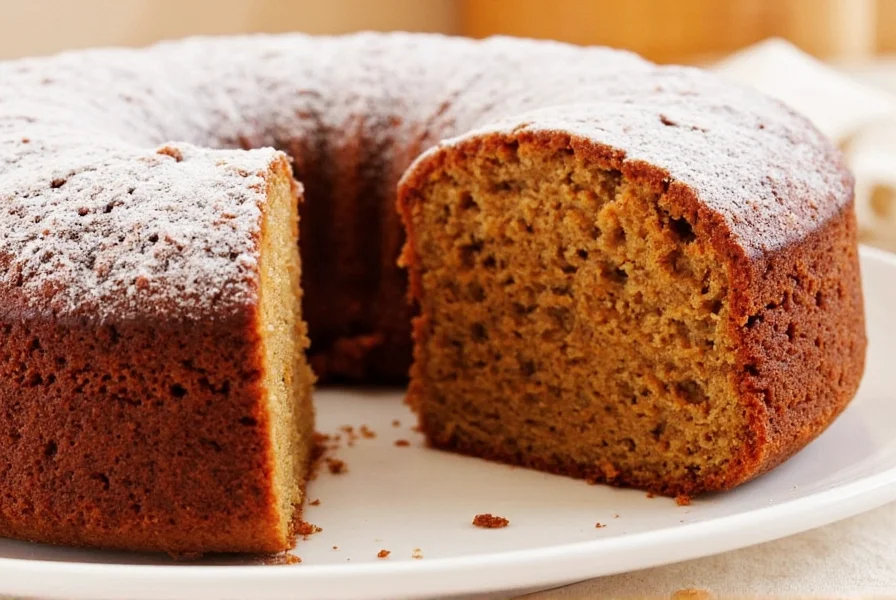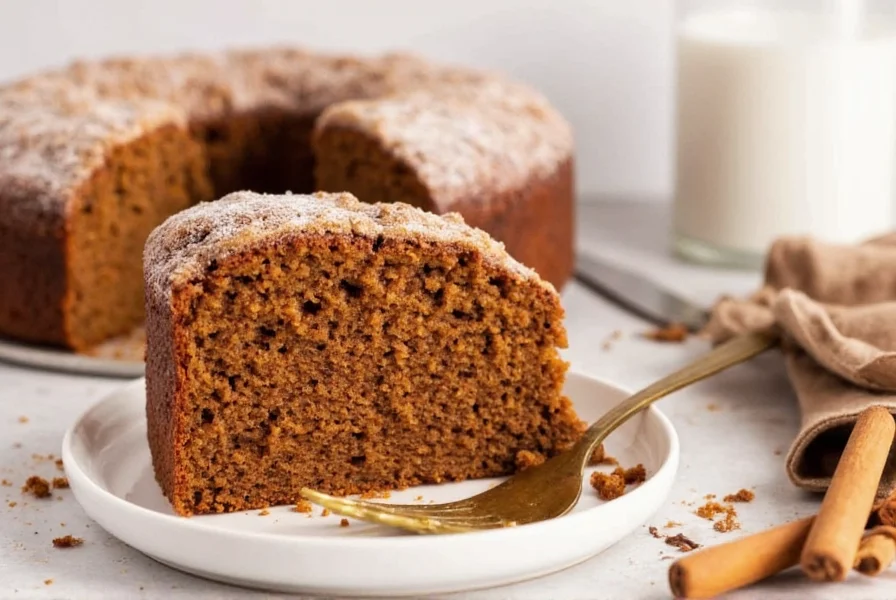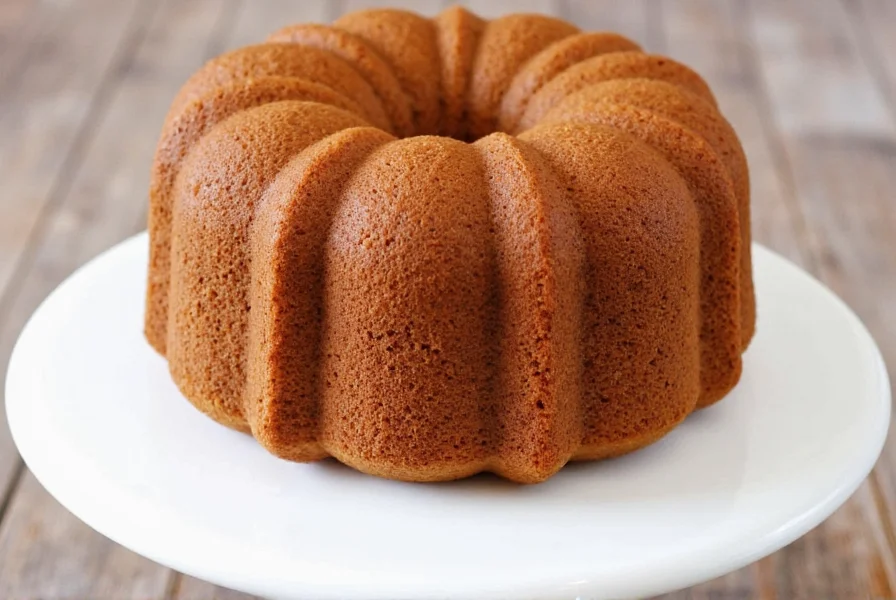For baking enthusiasts seeking the perfect moist ginger cake recipe, understanding the science behind this beloved spiced dessert is essential. Ginger cake stands apart from other spice cakes through its distinctive warm, slightly pungent flavor profile that can range from subtly aromatic to robustly spicy depending on preparation methods. The ideal ginger cake maintains a tender crumb while delivering that signature ginger warmth that lingers pleasantly on the palate.
The History and Evolution of Ginger Cake
Ginger's journey into Western baking began along ancient spice routes, with early ginger cake recipes appearing in English cookbooks as far back as the 15th century. Originally considered a medicinal preparation, ginger cake evolved into a popular tea-time treat throughout the British Empire. Caribbean variations incorporated local ingredients like dark molasses and tropical spices, creating the richer, darker versions many associate with traditional ginger cake today.
Essential Ingredients for Authentic Ginger Cake
The magic of a perfect ginger cake with molasses lies in ingredient quality and balance. While recipes vary, these components form the foundation:
| Ingredient | Function | Best Varieties |
|---|---|---|
| Ginger | Primary flavor agent | Fresh (for sharpness), ground (for warmth), crystallized (for texture) |
| Molasses | Moisture, depth, color | Dark baking molasses (not blackstrap) |
| Butter/Oil | Tenderness | Unsalted butter for flavor, neutral oil for moisture retention |
| Spice Blend | Complexity | Cinnamon, cloves, allspice in precise ratios |
Mastering the Perfect Ginger Cake Recipe
Creating a moist ginger cake that's never dry requires attention to technique as much as ingredients. The creaming method works best for butter-based recipes, while oil-based versions benefit from the muffin method (combining wet and dry ingredients separately). Temperature control proves critical—overbaking by even five minutes can transform a tender crumb into a dry disappointment.
Professional bakers recommend these ginger cake baking tips:
- Measure ginger precisely: 1½ tablespoons ground ginger or 3 tablespoons freshly grated provides optimal spice without overwhelming
- Use room temperature ingredients for even mixing
- Bake at 325°F (165°C) for gradual, even cooking
- Test for doneness with a skewer showing moist crumbs (not clean)
- Allow cake to cool completely in pan before removal

Popular Ginger Cake Variations
Modern interpretations of traditional ginger cake recipes cater to diverse dietary needs while maintaining authentic flavor profiles. The Caribbean-inspired version incorporates dark rum and extra molasses for deeper flavor, while Scandinavian variations often include cardamom alongside the traditional spice blend.
For those exploring gluten-free ginger cake variation options, a blend of rice flour, tapioca starch, and xanthan gum typically yields the best texture. Vegan adaptations successfully substitute flax eggs for traditional eggs and coconut oil for butter without compromising the essential ginger character.
Serving and Storage Recommendations
The distinctive flavor of ginger cake actually improves after 24-48 hours as spices meld. Proper storage maintains moisture while preventing sogginess:
- Room temperature: Wrap tightly in plastic wrap for up to 5 days
- Refrigeration: Store in airtight container for 2 weeks (best for iced cakes)
- Freezing: Wrap in plastic then foil for up to 3 months
For optimal ginger cake serving suggestions, pair with whipped cream, vanilla ice cream, or a dollop of crème fraîche to balance the spice. Many connoisseurs prefer serving ginger cake slightly warm, which enhances the aromatic qualities of the ginger and complementary spices.

Troubleshooting Common Ginger Cake Issues
Even experienced bakers encounter challenges with why is my ginger cake dry problems. The most frequent issues and solutions include:
- Dry texture: Usually caused by overbaking or insufficient fat—add 2 tablespoons extra molasses or oil to batter
- Weak ginger flavor: Increase fresh ginger or use high-quality ground ginger stored in airtight container
- Sunken center: Often results from underbaking or opening oven too early—use oven thermometer for accuracy
- Overpowering spice: Balance with additional sweetener or a citrus glaze to mellow intensity
Conclusion
Mastering the art of ginger cake requires understanding the delicate balance between spice, sweetness, and moisture. Whether you're preparing a simple loaf for afternoon tea or an elaborately decorated celebration cake, respecting the fundamental principles of ginger cake preparation ensures consistent success. The best ginger cake storage tips emphasize patience—allowing proper resting time transforms good ginger cake into exceptional ginger cake as flavors fully develop.
Frequently Asked Questions
What's the difference between ginger cake and gingerbread?
Ginger cake typically has a higher moisture content and cake-like texture, while gingerbread is denser and often spicier. Ginger cake usually contains more fat and leavening agents, resulting in a lighter crumb compared to the firmer, chewier texture of traditional gingerbread.
Can I make ginger cake without molasses?
Yes, though molasses contributes significantly to traditional flavor and moisture. Substitute with dark brown sugar (use 1¼ cups for every cup of molasses) plus 2 tablespoons maple syrup. The cake will be lighter in color and slightly less complex in flavor, but still delicious.
Why does my ginger cake taste bitter?
Bitterness usually comes from using blackstrap molasses (which is too strong for baking) or expired baking soda. Always use regular baking molasses and check your leavening agents' freshness. Over-toasting spices before adding to batter can also create bitter notes.
How far in advance can I make ginger cake?
Ginger cake actually improves in flavor after 24-48 hours. Properly stored, it maintains optimal quality for 5 days at room temperature, 2 weeks refrigerated, or up to 3 months frozen. The spice flavors continue developing during this resting period.











 浙公网安备
33010002000092号
浙公网安备
33010002000092号 浙B2-20120091-4
浙B2-20120091-4